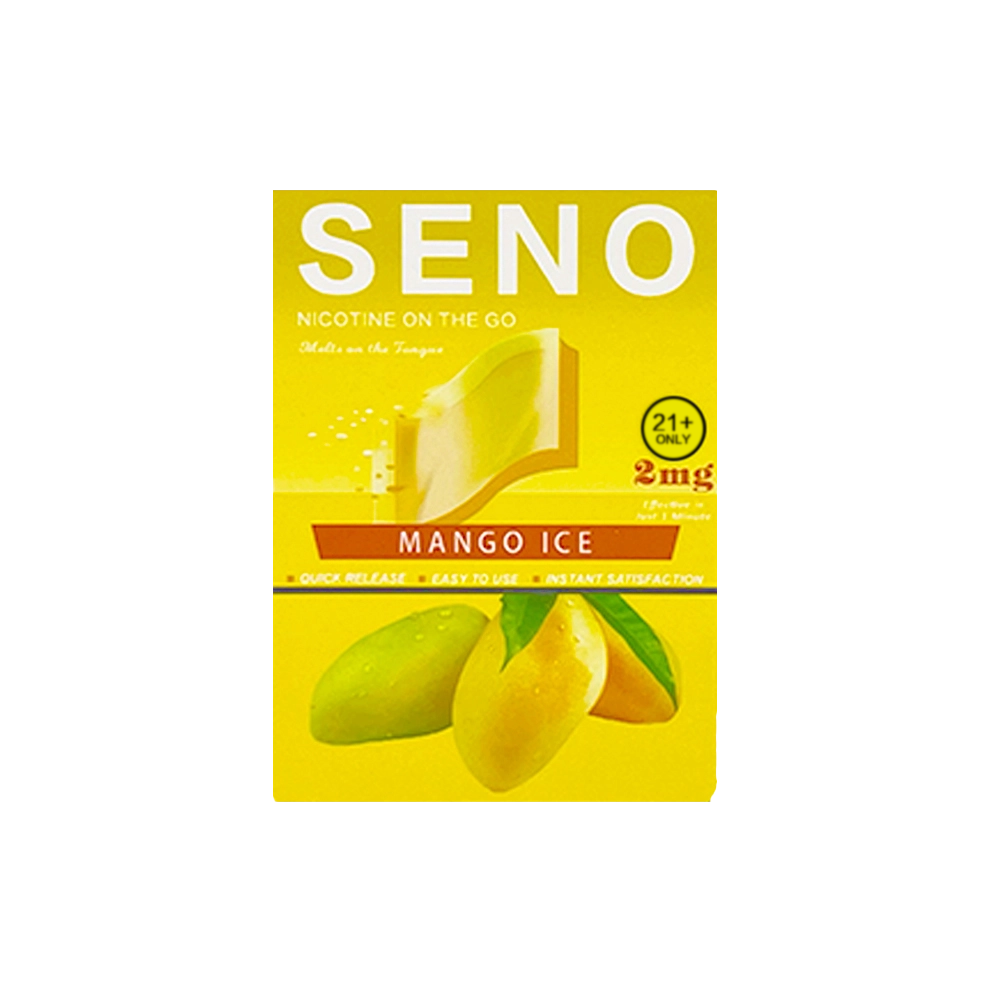Durable goods are products that are designed to last for an extended period, typically more than three years. Examples of durable goods include cars, appliances, furniture, and electronics. Understanding the demand for durable goods is essential for businesses to make informed decisions about production, pricing, and marketing strategies. In this article, we will explore the different types of demand for durable goods and their implications for businesses.
Types of Demand for Durable Goods:
- Replacement Demand: This type of demand occurs when consumers replace their existing durable goods with new ones. For example, a person may replace their old refrigerator with a new one that has better features or is more energy-efficient. Replacement demand is influenced by factors such as the age and condition of the existing product, technological advancements, and changes in consumer preferences.
- Complementary Demand: Complementary demand refers to the demand for goods that are used in conjunction with durable goods. For example, the demand for gasoline is complementary to the demand for cars. Complementary demand is influenced by factors such as the availability and price of complementary goods, changes in consumer preferences, and the level of competition in the market.
- Seasonal Demand: Seasonal demand occurs when the demand for durable goods fluctuates based on seasonal factors. For example, the demand for air conditioners increases during the summer months. Seasonal demand is influenced by factors such as weather patterns, cultural events, and holidays.
Implications for Businesses:
Understanding the different types of demand for durable goods is crucial for businesses to make informed decisions about production, pricing, and marketing strategies. For example, businesses can use replacement demand to target consumers who are looking to replace their existing products. They can also use complementary demand to bundle their products with complementary goods to increase sales. Additionally, businesses can use seasonal demand to adjust their production and marketing strategies to meet the changing demand patterns.
Conclusion:
In conclusion, the demand for durable goods is influenced by various factors, including replacement, complementary, and seasonal demand. Businesses that understand these different types of demand can make informed decisions about production, pricing, and marketing strategies. By doing so, they can increase sales, improve customer satisfaction, and stay ahead of the competition.










+ There are no comments
Add yours